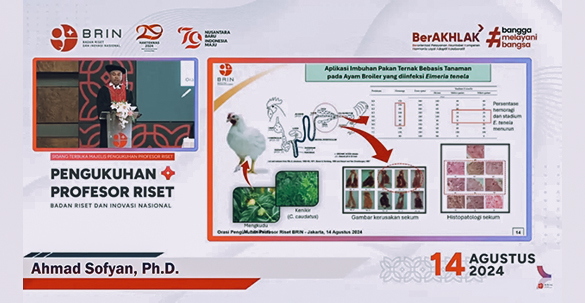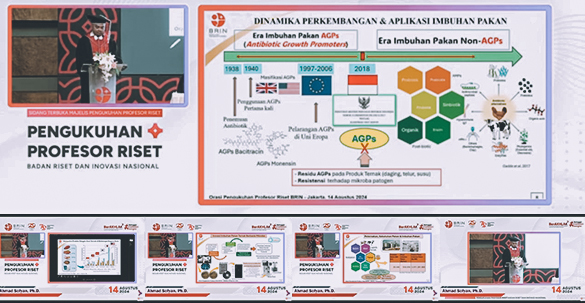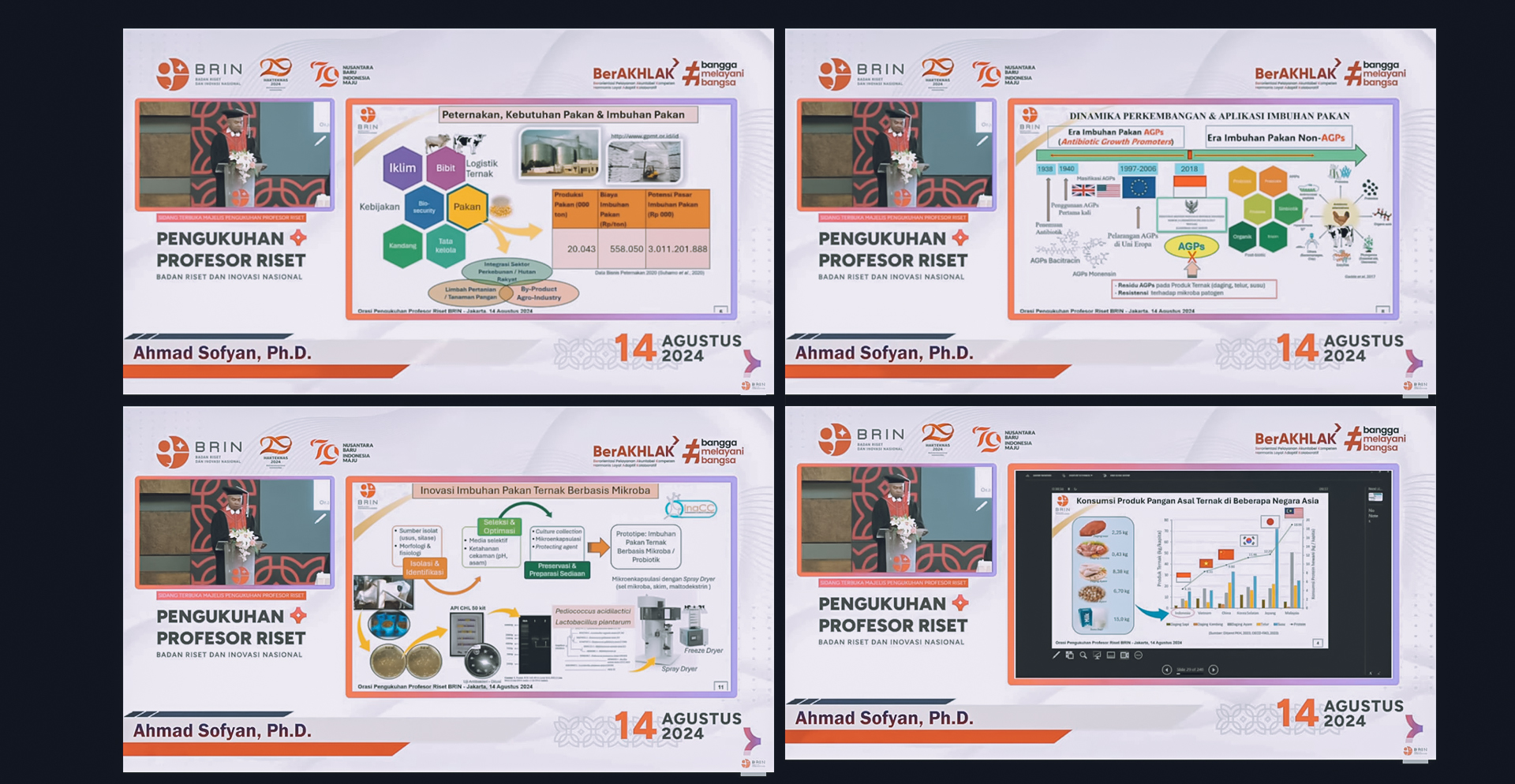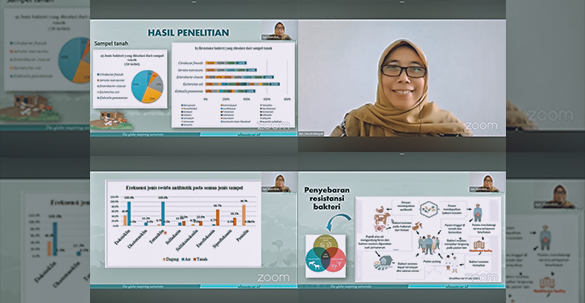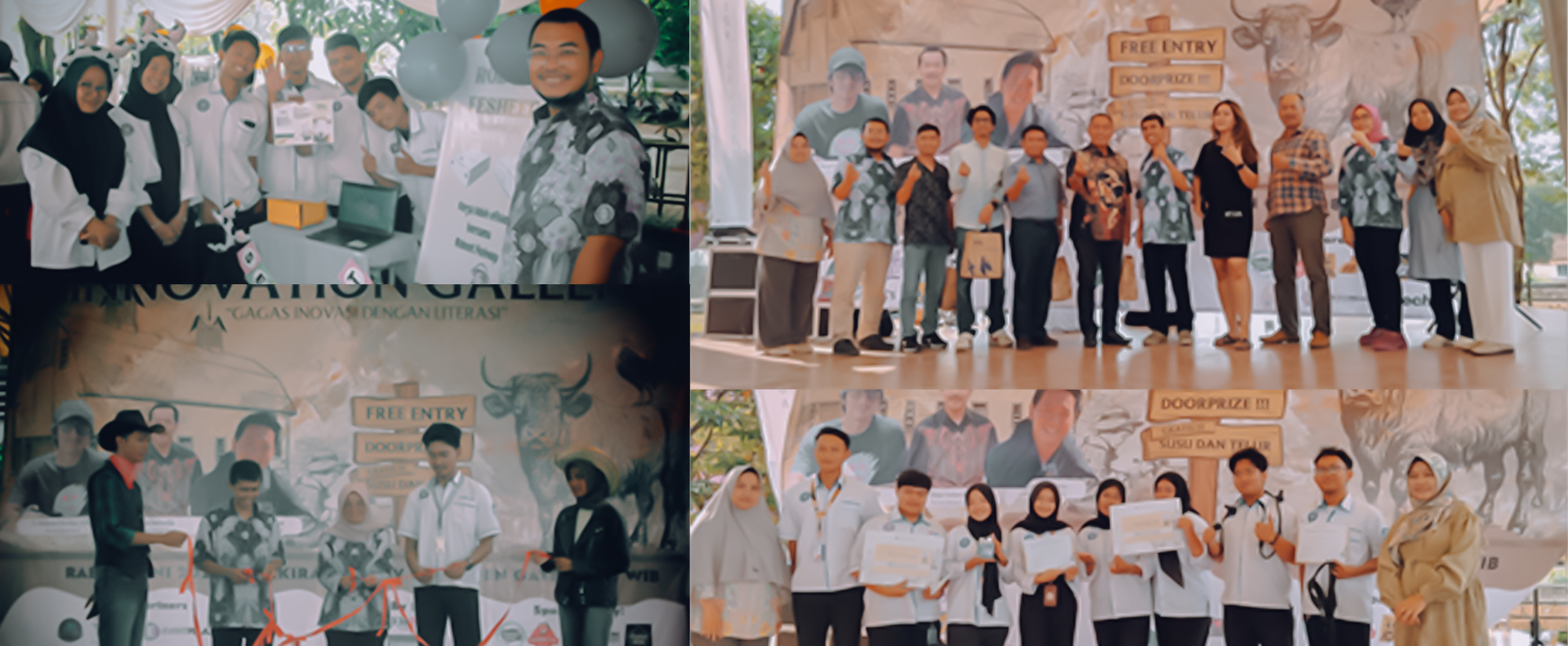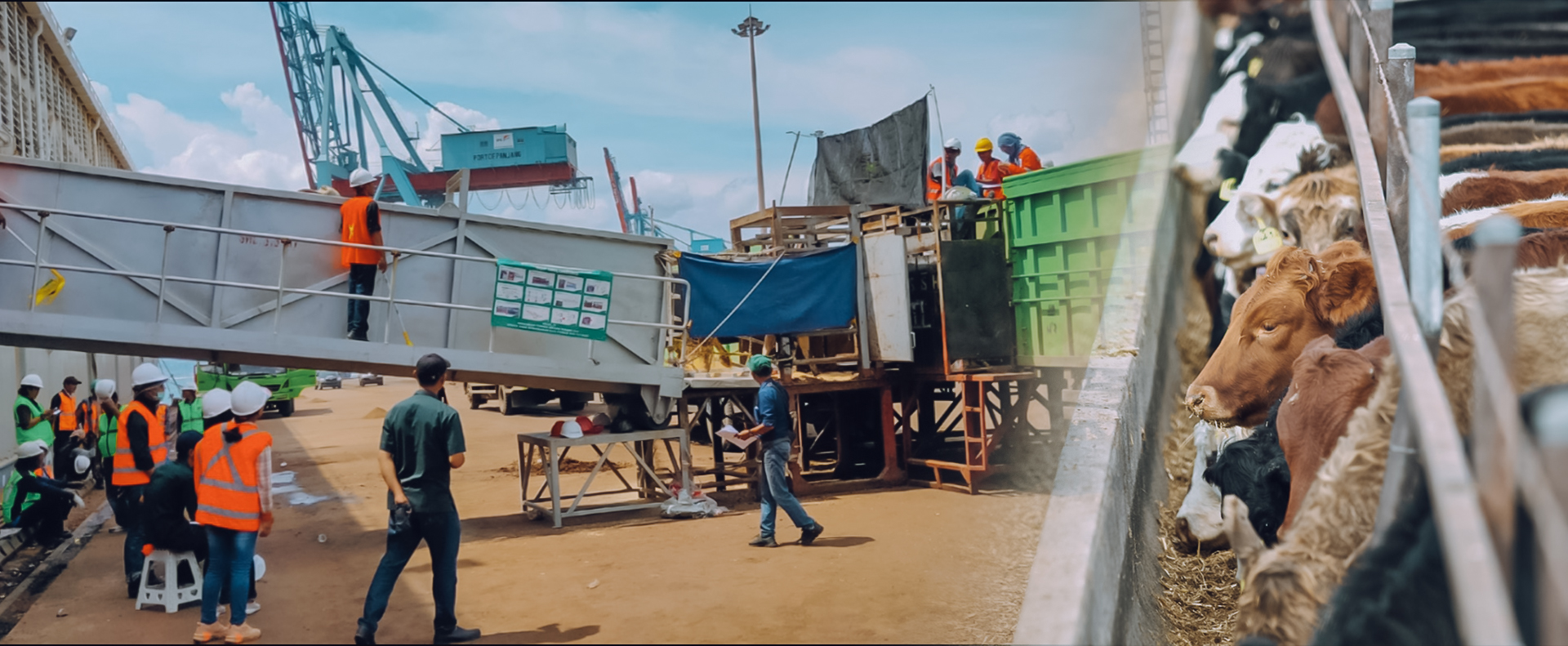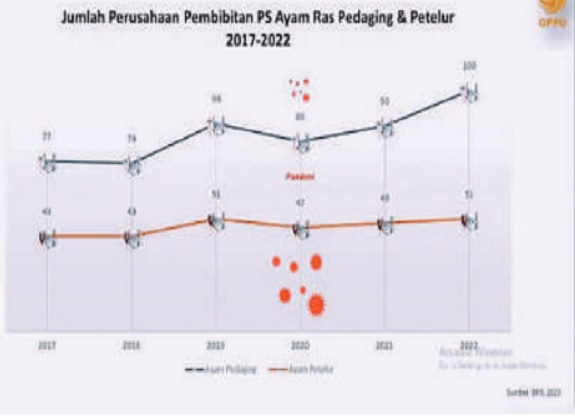
Despite overall economic growth, the poultry sector remains stagnant, prompting a need for careful analysis of current issues. Indonesia’s economic advancement, ranking 5th among G20 nations, contrasts with negative growth in European countries like England and Germany. Consequently, Indonesia’s economic performance stands out, necessitating a focus on bolstering the livestock industry, particularly poultry, for improvement. Chairman IV of the Association of Poultry Breeding Companies (GPPU), Asrokh Nawawi, highlighted a positive development in the livestock sector, with a 1.73% growth in Gross Domestic Product (GDP) in the third quarter of 2023 compared to 2022.
Poultry products now account for two-thirds of Indonesian protein consumption, making a significant contribution to the economy. Asrokh emphasized the profound impact of poultry on the nation’s protein consumption and livestock GDP, with poultry employment absorbing 10% of the national workforce and generating an annual turnover of IDR 700 trillion.Notably, poultry production has substantially contributed to meat and carcass production, with broiler chicken production reaching 3.4-3.9 million tonnes equivalent to carcasses from 2019 to 2023. Egg production during the same period is projected to range from 4.76.117 million tons, as per data from the Directorate General of AnimalHusbandry and Animal Health (Ditjen PKH) of the Ministry of Agriculture (Kementan).
Asrokh highlighted the increasing productivity of the poultry industry, driven by genetic improvements, leading to a rise in breeder numbers. Additionally, broilers have experienced a significant increase in body weight (BB) to 40-45 grams, coupled with a decrease in the feed conversion ratio (FCR), enhancing efficiency and accelerating broiler growth. Looking ahead to 2024, the government is preparing a national replacement stock strategy, aiming to forecast chicken production until 2030. Asrokh anticipates that each chicken will yield a carcass of around 71% in 2024, aligning with efforts to sustain and optimize poultry production for the future.










